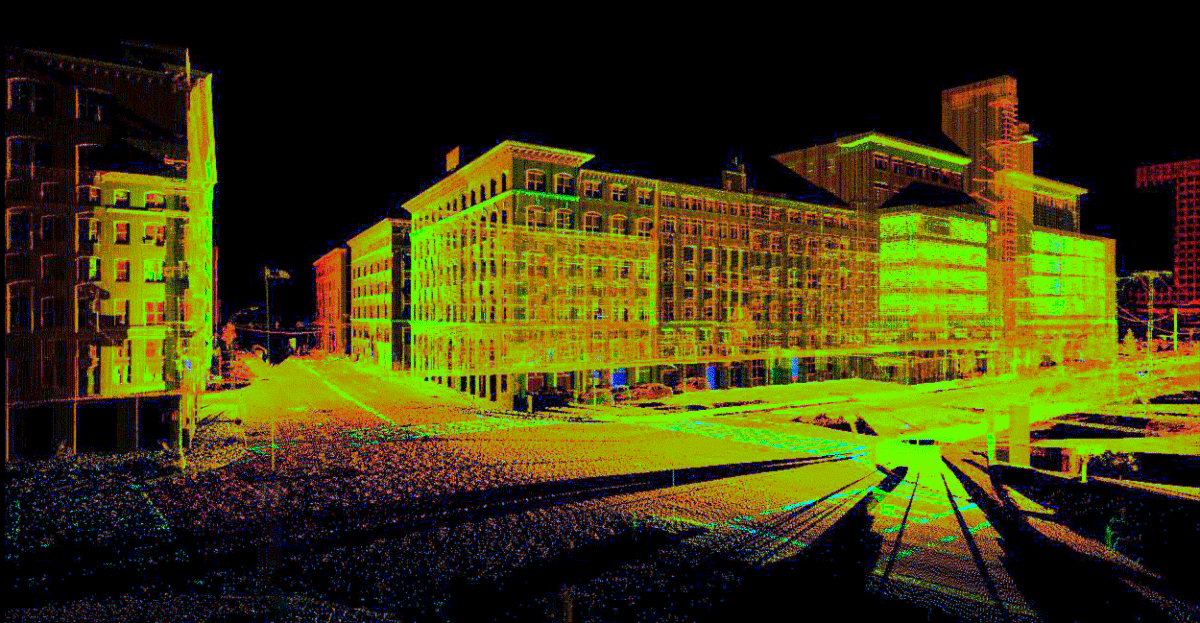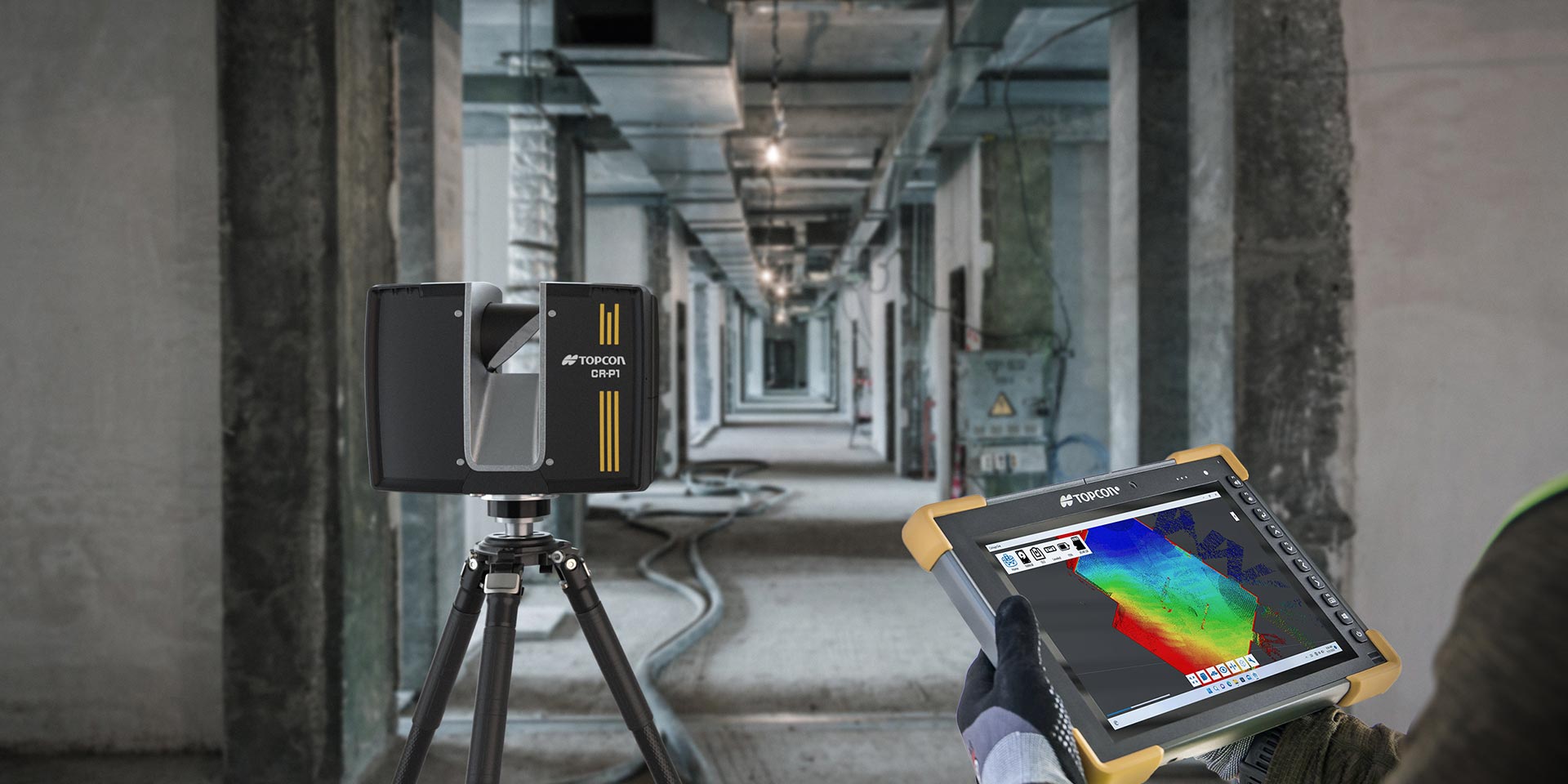How 3D Scanning Reduces Design Inaccuracies
Wiki Article
Enhancing Manufacturing Processes: The Impact of 3D Laser Scanning on Quality Control
3D laser scanning innovation is transforming top quality control in manufacturing. By offering high-resolution information and specific dimensions, it makes it possible for manufacturers to identify inconsistencies from specs easily. This improvement not just simplifies inspection processes yet additionally improves operational performance. 3D Scanning. Nevertheless, the application of this innovation features its own set of challenges. Exploring these elements reveals the wider effects for markets and the future landscape of production
Recognizing 3D Laser Scanning Technology
3D laser scanning innovation has actually evolved considerably in current years, its basic principle continues to be uncomplicated: capturing the accurate geometry of items making use of laser beams. This modern technology utilizes laser light to gauge distances between the scanner and different factors on an item's surface area. The data gathered is after that refined to create a thorough 3D design, accurately showing the dimensions and contours of the checked item.Usually, 3D laser scanners can be categorized into 2 major kinds: get in touch with and non-contact scanners. Contact scanners physically touch the challenge gather measurements, whereas non-contact scanners make use of laser light beams to record data from a range. The convenience of this technology enables its application throughout different industries, consisting of construction, manufacturing, and style. Its ability to create high-resolution models helps with quality assurance, reverse engineering, and quick prototyping, ultimately improving style accuracy and efficiency in production procedures.
Advantages of 3D Laser Scanning in Manufacturing
As manufacturers look for to enhance performance and precision in their processes, the benefits of 3D laser scanning have come to be progressively apparent. This innovative technology permits for quick and very exact measurements of complex geometries, substantially minimizing the moment needed for top quality checks. By recording detailed information, suppliers can determine disparities early in the manufacturing procedure, therefore minimizing waste and remodel costs.3D laser scanning promotes much better design validation, allowing designers to compare as-built conditions with initial specs. This capacity ensures that any deviations are promptly resolved, enhancing overall product top quality. On top of that, the technology sustains the development of electronic twins, which can be used for simulations and process optimizations. As an outcome, manufacturers not only increase their functional performance but likewise enhance their competitive benefit in the market. Generally, the combination of 3D laser scanning stands for a transformative step toward accomplishing higher requirements in making quality assurance.
Combination of 3D Laser Scanning Into Quality Assurance
Incorporating 3D laser scanning into quality assurance processes boosts the accuracy and effectiveness of assessments throughout production. This innovation makes it possible for suppliers to record comprehensive, high-resolution data of parts and assemblies, enabling exact dimensions and contrasts against style requirements. By employing 3D laser scanning, organizations can identify variances from tolerances extra efficiently, which is vital for preserving item integrity.
Real-World Applications and Study
Real-world applications of 3D laser scanning in producing demonstrate its transformative impact across different industries. Aerospace firms utilize this technology to conduct specific examinations of components, guaranteeing they fulfill strict security standards. A notable case entailed a leading airplane producer that employed 3D laser scanning to simplify its quality assurance procedures, substantially minimizing evaluation times and errors.In the automotive market, producers have actually executed laser scanning to create electronic doubles of Recommended Reading their cars, making it possible for real-time changes during production. One automobile company reported a 30% decrease in rework prices after integrating this modern technology right into their assembly lines.
In the customer products sector, business are making use of 3D laser scanning for quick prototyping, permitting for quicker iterations and boosted item designs. These applications illustrate exactly how 3D laser scanning not only enhances precision but also enhances effectiveness and innovation throughout multiple manufacturing domains.
Getting Rid Of Difficulties in Execution
Executing 3D laser scanning in manufacturing presents a number of obstacles check here that organizations should navigate to totally recognize its benefits. One considerable hurdle is the preliminary price of devices and software program, which can deter companies from embracing this modern technology. Additionally, integrating 3D laser scanning into existing operations requires overcoming resistance to transform among workers, necessitating complete training programs to guarantee proficiency. Data management also presents a challenge, as the high volume of information generated by 3D scanning have to be successfully processed and assessed to derive actionable insights. Moreover, compatibility concerns with heritage systems might prevent smooth integration, demanding possible upgrades or modifications. Attending to these difficulties is vital for producers aiming to boost high quality control and optimize manufacturing procedures. By developing clear methods for training, financial investment, and information management, business can mitigate these challenges and release the transformative possibility of 3D laser scanning in their operations.Future Trends in 3D Laser Scanning for Manufacturing
As manufacturing remains to evolve, the integration of 3D laser scanning with raised automation is anticipated to transform production processes. Enhanced data analytics will play a crucial role in enhancing workflows and boosting quality assurance. These trends highlight the possibility for higher performance and precision in making settings.
Enhanced Automation Assimilation
Although the combination of automation in manufacturing has been gradual, the future of 3D laser scanning is poised to increase this fad considerably. As making processes end up being increasingly complicated, the need for precise, real-time dimensions grows. 3D laser scanning technology uses automated data capture, lowering labor costs and decreasing human mistake. This integration enables suppliers to simplify quality assurance processes, making it possible for fast detection of deviations in production. Furthermore, the placement of 3D laser scanning with robotics and automated systems helps with smooth procedures, improving overall performance. As suppliers adopt these sophisticated modern technologies, they can anticipate improved precision and productivity, placing themselves competitively in a swiftly progressing market. The harmony between automation and 3D laser scanning notes a significant leap ahead in making advancement.Improved Information Analytics
The combination of automation has actually paved the means for improvements in data analytics within the domain name of 3D laser scanning. Manufacturers are significantly leveraging advanced formulas and machine learning methods to assess substantial datasets created by laser scans. This enhanced information analytics ability permits for real-time surveillance of find out here producing processes, making it possible for the identification of problems and discrepancies extra successfully than traditional methods. Predictive analytics can foresee potential concerns, significantly reducing downtime and boosting overall efficiency. The capability to imagine data in 3 measurements provides deeper understandings right into manufacturing workflows, cultivating better decision-making. As 3D laser scanning innovation continues to develop, the function of data analytics will certainly become progressively essential in driving advancement and keeping affordable advantage in manufacturing.Regularly Asked Concerns
What Industries Benefit the Many From 3D Laser Scanning?
The industries that benefit most from 3D laser scanning include production, construction, aerospace, automobile, and healthcare. These sectors use the technology for precision dimensions, high quality guarantee, and effective layout procedures, substantially boosting total functional performance.Just How Does 3D Laser Scanning Compare to Typical Measurement Approaches?
3D laser scanning offers greater precision and rate compared to traditional measurement approaches. It captures comprehensive geometries quickly, decreasing human mistake and facilitating better evaluation, which eventually improves general quality assurance in different markets.What Is the Expense of Applying 3D Laser Scanning Innovation?
The price of applying 3D laser scanning innovation varies substantially, normally varying from $10,000 to $100,000, relying on training, devices, and software. Organizations needs to evaluate these expenses versus prospective performance and high quality enhancements.Are There Certain Software Application Needs for 3D Laser Scanning?
Yes, 3D laser scanning calls for specific software, including data processing and modeling applications. Typical choices encompass CAD software program, factor cloud handling devices, and specialized applications that assist in the integration and evaluation of scanned information for optimal results.The length of time Does a Typical 3D Laser Scanning Refine Take?
A common 3D laser scanning procedure can take anywhere from a few mins to several hours, relying on aspects like the size of the things, intricacy of the atmosphere, and needed degree of information for accuracy.3D laser scanning modern technology is changing quality control in production. 3D laser scanning modern technology has actually evolved substantially in recent years, its fundamental concept remains uncomplicated: recording the accurate geometry of items using laser beam of lights. Incorporating 3D laser scanning into quality control procedures enhances the precision and performance of examinations throughout manufacturing (3D Scanning). 3D laser scanning modern technology uses automated data capture, decreasing labor prices and reducing human error. The price of implementing 3D laser scanning innovation varies considerably, usually varying from $10,000 to $100,000, depending on training, tools, and software application
Report this wiki page